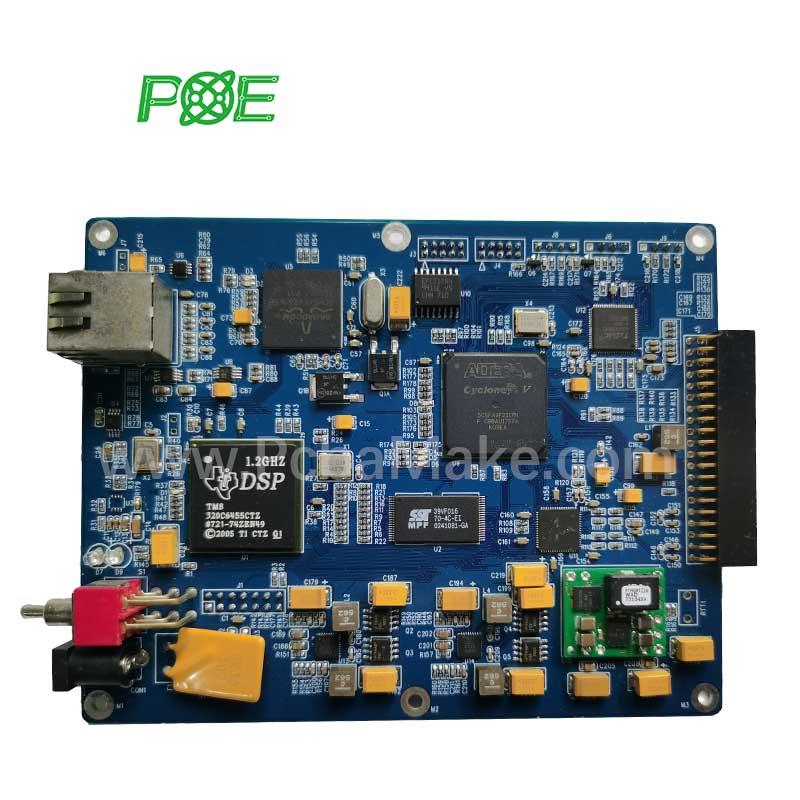PCB circuit board processing has a very complicated process. So, what issues should be paid attention to in multilayer PCB circuit board processing?
1. First, pay attention to a reasonable direction.
In PCB circuit board processing, all kinds of input/output, AC/DC, strong/weak signal, high frequency/low frequency, high voltage/low voltage, etc., their directions should be linear (or separated), and they should not blend with each other; The purpose is to prevent mutual interference. The best direction is a straight line, and the most unfavorable direction is a circle.
2. Pay attention to the grounding point and choose a good grounding point.
I don’t know how many engineers and technicians have talked about the small grounding point, which shows its importance. In reality, it is difficult to achieve this completely due to various restrictions, but we should try our best to follow it.
3. Pay attention to the reasonable arrangement of power supply filter/decoupling capacitors.
Generally, only a number of power filter/decoupling capacitors are drawn in the schematic diagram, but it is not pointed out where they are connected to each other. In fact, these capacitors are set up for switching devices or other components that require filtering/decoupling. These capacitors should be placed as close as possible to these components.
4. The lines are exquisite, the line diameter is required, and the buried and through holes are of appropriate size.
If possible, wide lines should never be thin; high-voltage and high-frequency lines should be round and slippery, without sharp chamfers, and corners should not be at right angles. The ground wire should be as wide as possible, and it is best to use a large area of copper, which can greatly improve the problem of grounding points. The wire is too thin, and the large area of the unwiring area is not provided with copper, which is easy to cause uneven corrosion.
5. Pay attention to the number of vias, solder joints, and line density.
Although some problems occur in post-production, they are brought about by PCB design. For example, if there are too many vias, a slight mistake in the copper sinking process will bury hidden dangers; therefore, the design should minimize vias. The density of parallel lines in the same direction is too large, and it is easy to connect into one piece during welding; therefore, the line density should be determined according to the level of the welding process.
The above are the problems that need to be paid attention to in pcb prototype circuit board processing. Have you learned it?
